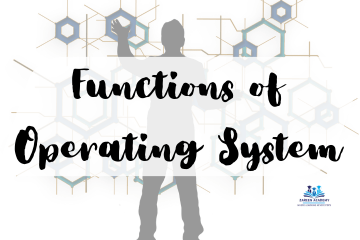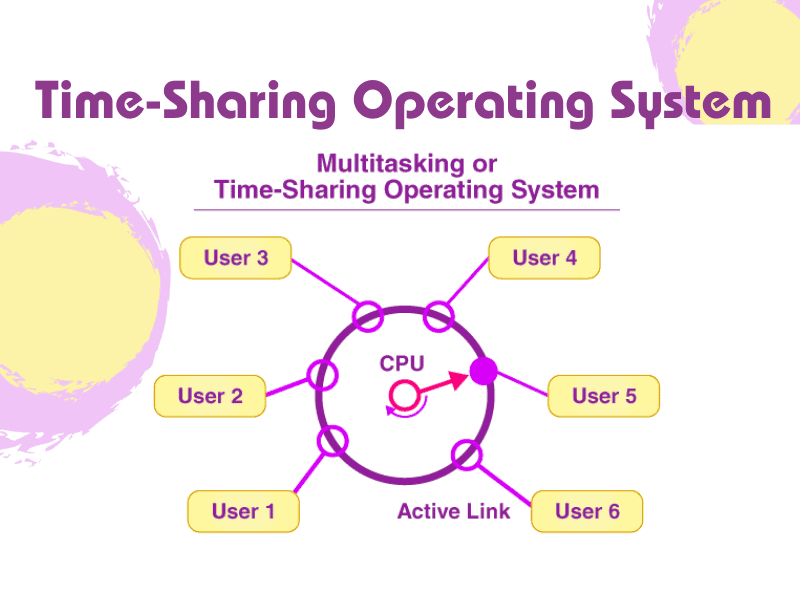An operating system (OS) is an integral component of any computing device, be it a personal computer, smartphone, or even a supercomputer. It serves as the fundamental software that manages hardware resources and provides a platform for running applications. In simple terms, an operating system acts as a bridge between the user and the computer hardware, facilitating interaction and coordination between various system components.
The primary purpose of an operating system is to enable users to execute tasks efficiently and manage the computer’s resources effectively. It handles processes, memory management, file systems, input/output devices, and other vital functions. Operating systems offer an interface that allows users to interact with the computer, whether through a graphical user interface (GUI) or a command-line interface (CLI).
Now, let’s delve into the various types of operating systems:
1. Single-User, Single-Tasking Operating Systems: This type of operating system allows only one user to perform a single task at a time. Early operating systems, such as MS-DOS (Microsoft Disk Operating System), fall into this category. These systems lack multitasking capabilities, meaning that they can execute only one program at a time.
2. Single-User, Multi-Tasking Operating Systems: Single-user, multi-tasking operating systems permit a single user to run multiple programs simultaneously. These operating systems, including Microsoft Windows and macOS, provide features such as task switching, where the user can switch between different running applications quickly. Each program gets its dedicated portion of the CPU’s processing time.
3. Multi-User Operating Systems: As the name suggests, multi-user operating systems can handle multiple users concurrently. These operating systems allow several users to access and utilize the system resources simultaneously. An excellent example of a multi-user operating system is UNIX/Linux, which is widely used in servers and mainframe computers. Each user can have their own user account with individual settings and preferences.
4. Real-Time Operating Systems (RTOS): RTOSs are designed to handle real-time applications, where response time is critical. They prioritize tasks based on timing constraints and ensure that critical processes receive the necessary resources and complete within a predetermined timeframe. Real-time operating systems find applications in industries such as aerospace, automotive, and medical devices. Examples of RTOS include QNX and VxWorks.
5. Network Operating Systems (NOS): Network operating systems are designed to manage and coordinate multiple computers and devices connected in a network. They facilitate resource sharing, file sharing, and communication among networked devices. NOSs are commonly used in office environments and enterprise networks. Examples of network operating systems include Windows Server, Linux-based servers, and Novell NetWare.
6. Mobile Operating Systems: Mobile operating systems are specifically designed for smartphones, tablets, and other mobile devices. They are optimized for touchscreens, smaller screens, and low-power consumption. The most prominent mobile operating systems are Android (developed by Google), iOS (developed by Apple), and Windows Phone (developed by Microsoft, but no longer actively developed).
7. Embedded Operating Systems: Embedded operating systems are used in embedded systems, which are specialized computer systems designed for specific tasks or functions. They are typically found in devices such as ATMs, vending machines, digital cameras, and smart appliances. Embedded operating systems are lightweight, efficient, and often tailored to the requirements of the specific embedded device. Examples of embedded operating systems include Embedded Linux, Windows Embedded, and VxWorks.
8. Virtualization Operating Systems: Virtualization operating systems allow multiple virtual machines (VMs) to run simultaneously on a single physical machine. They provide the ability to create and manage virtualized environments, enabling efficient utilization of hardware resources. Virtualization operating systems are widely used in data centers and cloud computing environments. Examples of virtualization operating systems include VMware ESXi and Microsoft Hyper-V.
Operating systems are diverse and cater to different computing needs and environments. Each type has its own set of features and capabilities, making them suitable for specific applications. Understanding the types of operating systems is essential to choose the right one for a particular computing scenario, ensuring optimal performance and resource management.



0 Comments